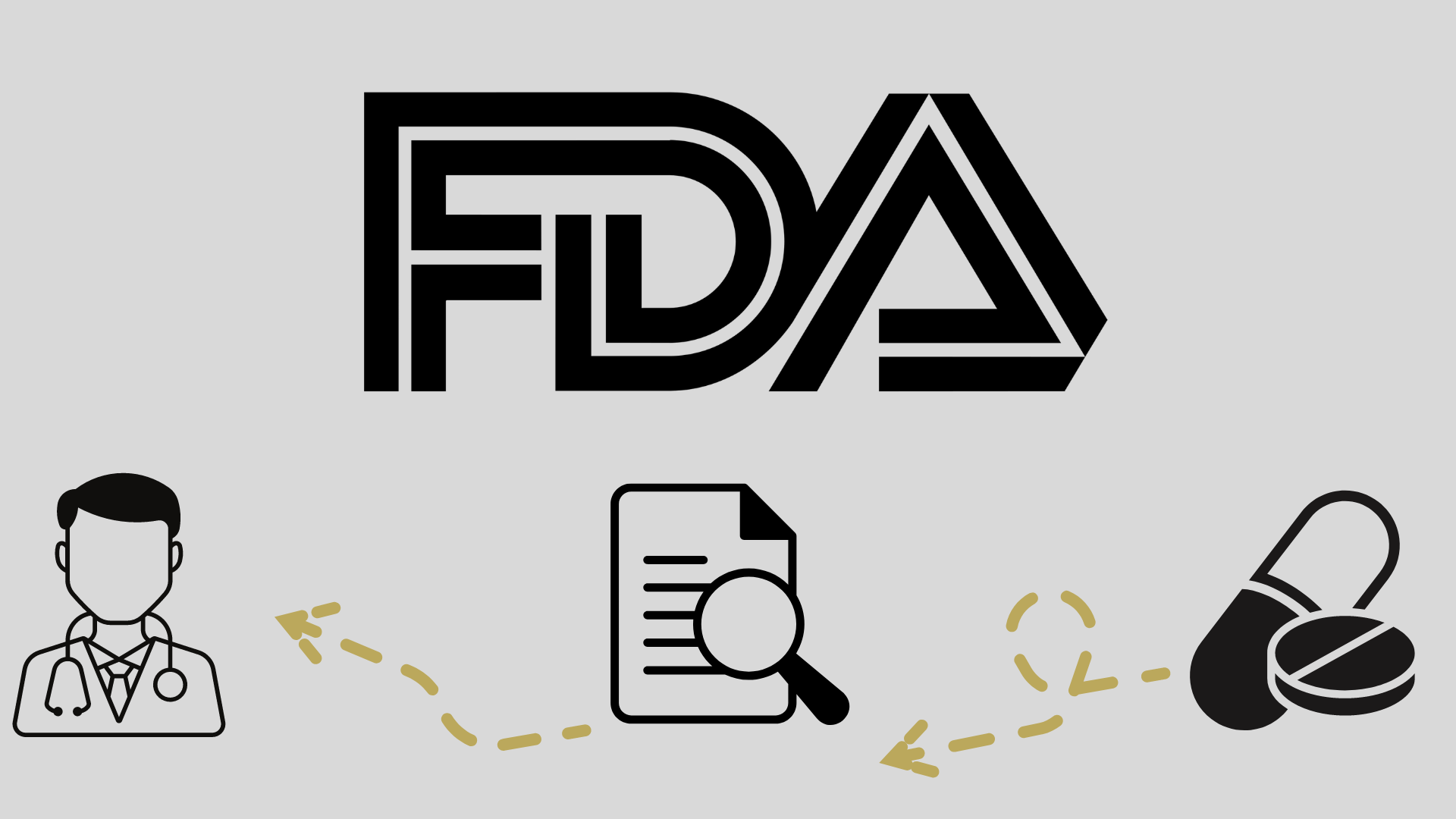
FDA Grants Orphan Drug Designation to Novel B7-H3-Targeting ADC in SCLC

7MW3711, an innovative antibody-drug conjugate targeting B7-H3, has been granted an orphan drug designation by the FDA for treating small cell lung cancer.
- The FDA has granted 7MW3711 an orphan drug designation (ODD) for the treatment of small cell lung cancer (SCLC).
- 7MW3711 is a novel B7-H3-targeting antibody-drug conjugate (ADC) being developed by Mabwell's IDDC™ platform.
- In preclinical models, 7MW3711 has shown better tumor killing effects vs other ADCs.
7MW3711, a novel B7-H3-targeting ADC, has been granted an ODD by the FDA for the treatment of patients with SCLC.1
7MW3711 is made of an innovative antibody molecule, novel linker, and novel payload Mtoxin™ (TOP1i) and is directed to a target expressed on solid tumors. The agent has a stable structure, homogeneous composition, and high purity, and it is also fit for industrial scale-up.
The agent works by specifically binding to antigens on the tumor cell membrane surface once it enters the human body. It can also be internalized and transported to the lysosome where it releases a cytotoxic drug, leading to the apoptosis of tumor cells.
Data has shown that when compared with
7MW3711 is currently undergoing evaluation in an open-label, multicenter, phase 1/2 study (NCT06008366) for the treatment of advanced solid tumors.2 The study includes 2 parts: a dose-escalation portion (part 1) and dose-expansion portion (part 2.) Part 1 will enroll patients with advanced solid tumors, and experts aim to evaluate the safety and tolerability of 7MW3711, as well as establish the maximum tolerated dose (MTD) and/or the recommended phase 2 dose (RP2D) of 7MW3711 in this patient population.
Patients aged 18 to 75 are eligible for enrollment in the study if they have an ECOG performance status of 0 or 1, a life expectancy of 3 months or more as assessed by the investigator, and histologically or cytologically confirmed locally advanced or metastatic solid tumors. Patients must have disease that is progressive following their last received treatment, have progressed on or after standard therapies, and be intolerant to approved therapies or lack sufficient standard therapies. Further, patients must provide an archival tumor tissue sample or a fresh tissue sample; have measurable or evaluable disease by RECIST v1.1.; have adequate hematopoietic, renal function, and hepatic function; and use adequate contraceptive measures throughout the study.
The primary end points of part 1 include evaluating the incidence of adverse events and identifying the MTD/RP2D of 7MW3711. For part 2, investigators are evaluating the primary end point of overall response rate (ORR) based on RECIST v1.1. Secondary end points include ORR, incidence and seriousness of adverse events (AEs) and serious AEs, evaluation of area under the plasma concentration vs time curve, and evaluation of 7MW3711's half-life time.
About Mabwell's IDDC Platform
7MW3711 is being developed as part of Mabwell's IDDC platform.1 This platform is a next-generation ADC site-specific conjugation technology that is composed of multiple systematic core patented technologies. Some of these include site-specific conjugation process DARfinity, the site-specific linker IDconnect, the novel payload Mtoxin, and the conditional release structure LysOnly.
In addition to 7MW3711, Mabwell, has several other ADCs in development, including 9MW2821, a novel Nectin-4-targeting ADC being assessed in a phase 3 trial for patients with urothelial carcinoma. In May 2024,










































